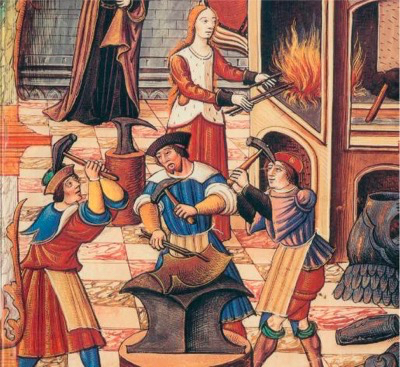Menu

 One of the hardy annuals used to justify knowledge management programmes is the problem of the ageing workforce. Equally persistent, to the point of perversion, are the subsequent imposition of solutions based on codification. Nothing wrong with that in the obvious domain of Cynefin and at least a part of the complicated domain but to be honest most of those applications should be business as usual, there is nothing special about those whose retirement is imminent in respect of the need here.
One of the hardy annuals used to justify knowledge management programmes is the problem of the ageing workforce. Equally persistent, to the point of perversion, are the subsequent imposition of solutions based on codification. Nothing wrong with that in the obvious domain of Cynefin and at least a part of the complicated domain but to be honest most of those applications should be business as usual, there is nothing special about those whose retirement is imminent in respect of the need here.
In reality, the question is a wider one, which is how to capture or distil knowledge that is wrapt up in experience. I hesitate to use the wisdom word but it is appropriate here. It is worth looking at the nature of that knowledge/wisdom and why it is important. It is also relevant to realise that the ageing workforce is one of the easier (if any are easy) areas of experience to retain. You can still engage people post-retirement but rarely if they leave for alternative employment and with extreme difficulty if you lay them off. In fact, you might want to read my earlier post about naturally evolved roles before you even think about that.
So it’s worth looking at three types of knowledge that are being lost before we go any further:
All of those require approaches that are far from conventional in nature. In devising them we can draw on one of the most ancient, and most effective, knowledge transfer systems namely the apprentice model. We can use digital means to enhance that, but not replace it. But that is for tomorrow.
Cognitive Edge Ltd. & Cognitive Edge Pte. trading as The Cynefin Company and The Cynefin Centre.
© COPYRIGHT 2024

It is no coincidence that I am using images from medieval apprenticeships in this series ...